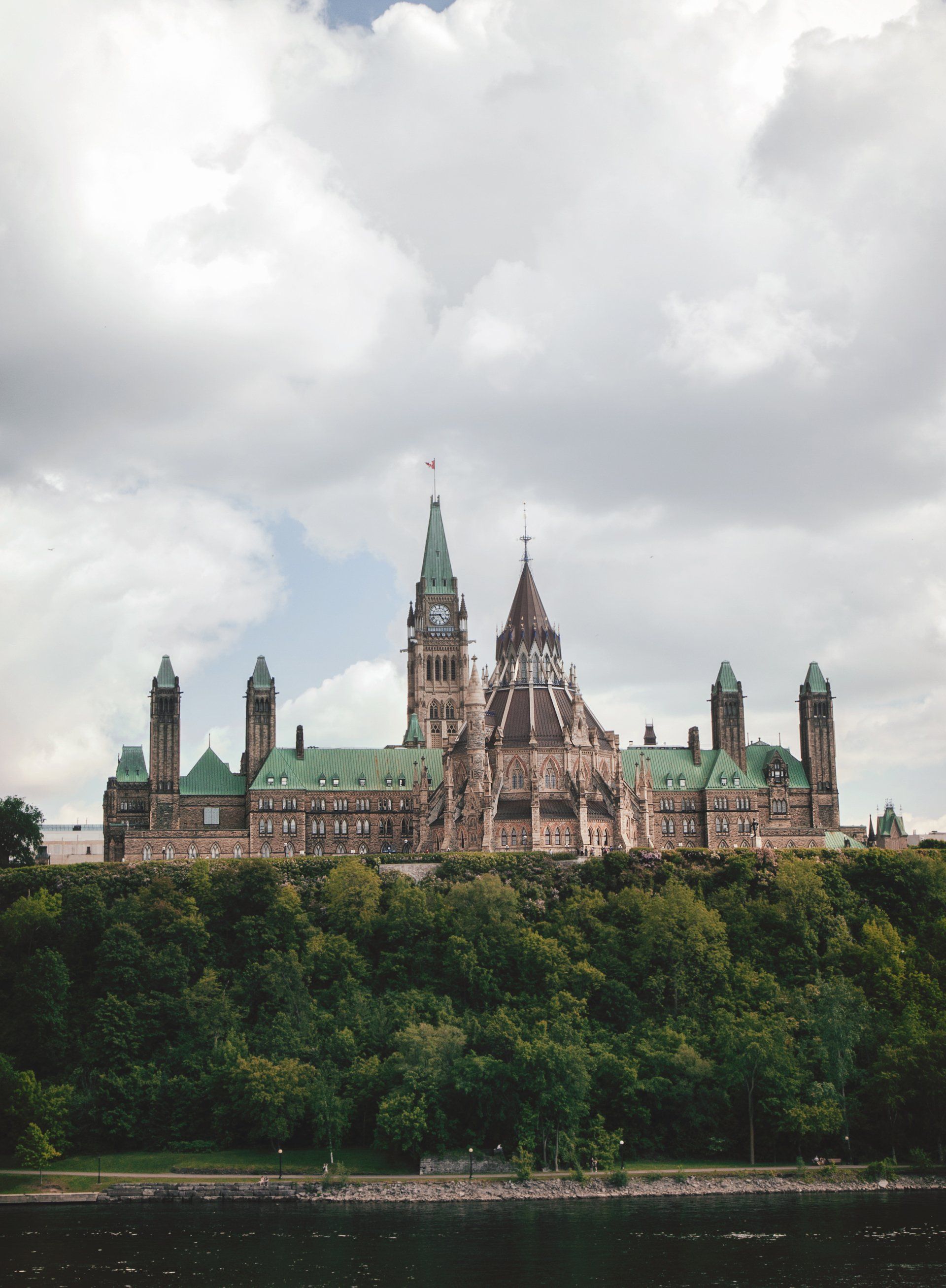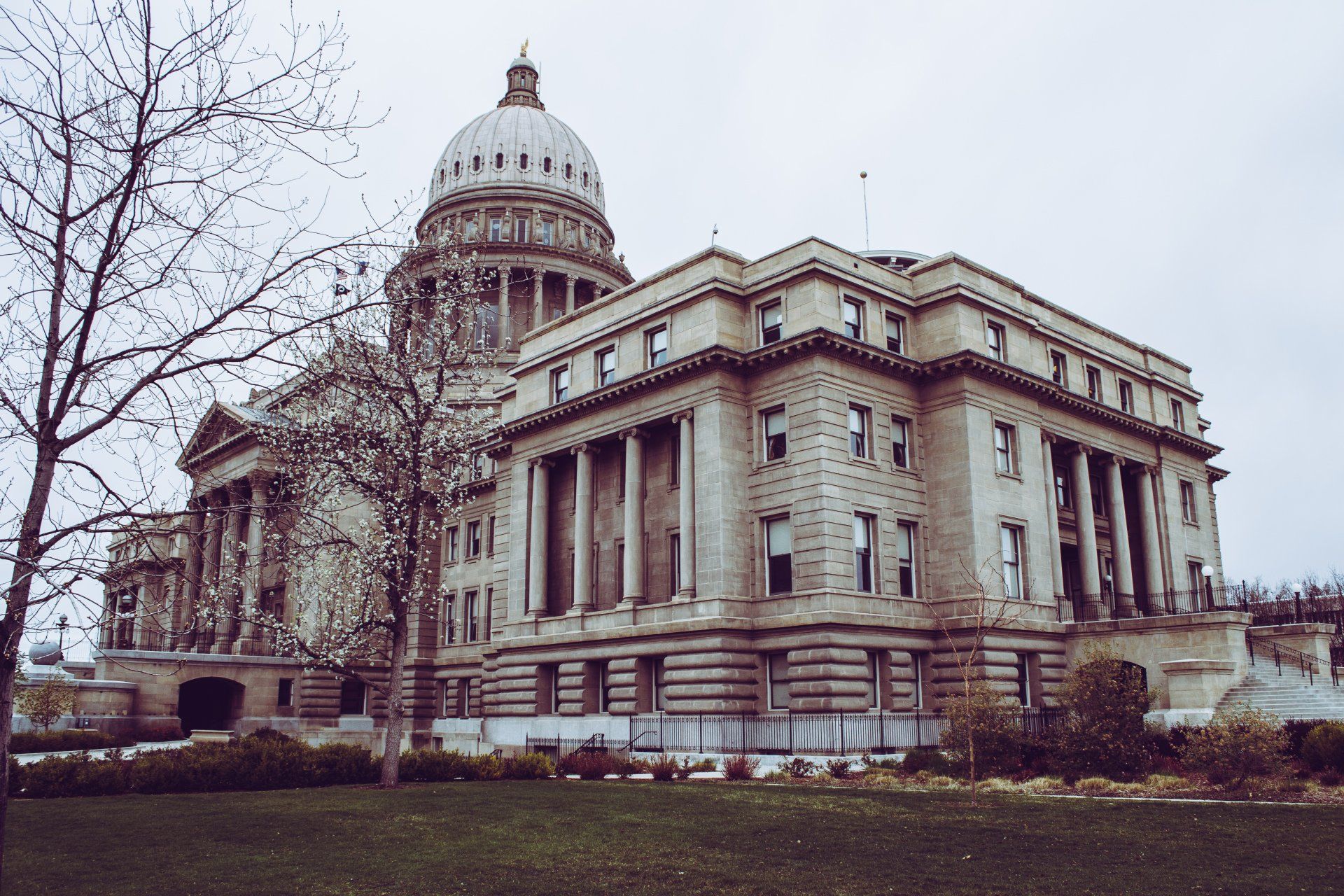Vacant Unit Taxes
Context
Vacant unit taxes were implemented in Ottawa in 2022 to address the number of homes that are sitting empty. The intention is to increase the housing supply by encouraging owners to occupy or rent the properties. Cities all over Canada are struggling with a housing crisis, which is hoped to be helped by implementing this tax. However, City Councillors in Ottawa are calling to scrap the tax because it’s seen as an “unparalleled annual bureaucratic burden” on homeowners.
Analysis
The new vacant unit tax in Ottawa has come under fire as it requires owners to submit an annual declaration indicating if a property was empty for more than 184 days in the previous year. The tax adds one percent of the home’s assessed value to the Final Tax Bill.
Some City councillors in Ottawa expressed concerns over this tax because they shouldn’t be “telling people how to use their homes”. Councillors also argued that
homeowners who didn’t intend on paying the tax ended up needing to due to the number of vacant days – which is why the tax is being claimed as an “unparalleled annual bureaucratic burden”.
However,
3,268 homes were declared vacant by homeowners in Ottawa, whereas
2,836 homes were declared vacant by the city. Ottawa’s vacancy
rate was
1.8 percent, which was triple the original predictions. Comparing this to larger cities in Canada, Toronto had a vacancy rate of
0.6 percent and Vancouver had a vacancy rate of
1.17 percent. These rates only show the massive amount of homes that could be occupied to increase supply and therefore
increase affordability.
Since the tax was recently implemented, knowing the effectiveness of its impact on the housing crisis cannot be calculated for
two or three years. However, success has been seen in Vancouver with their
vacant home and speculation tax which was implemented in 2018. The Canada Mortgage and Housing Corporation found that the Vancouver tax assisted in
adding
18,000 units to the long-term rental market in 2019 and 2020.
On August 23rd, 2023, the
Vacant Unit Tax
was maintained following a vote in council. City Councillors voted 15-8 in support of the tax, while also directing staff to “improve and further simplify the declaration process.”


